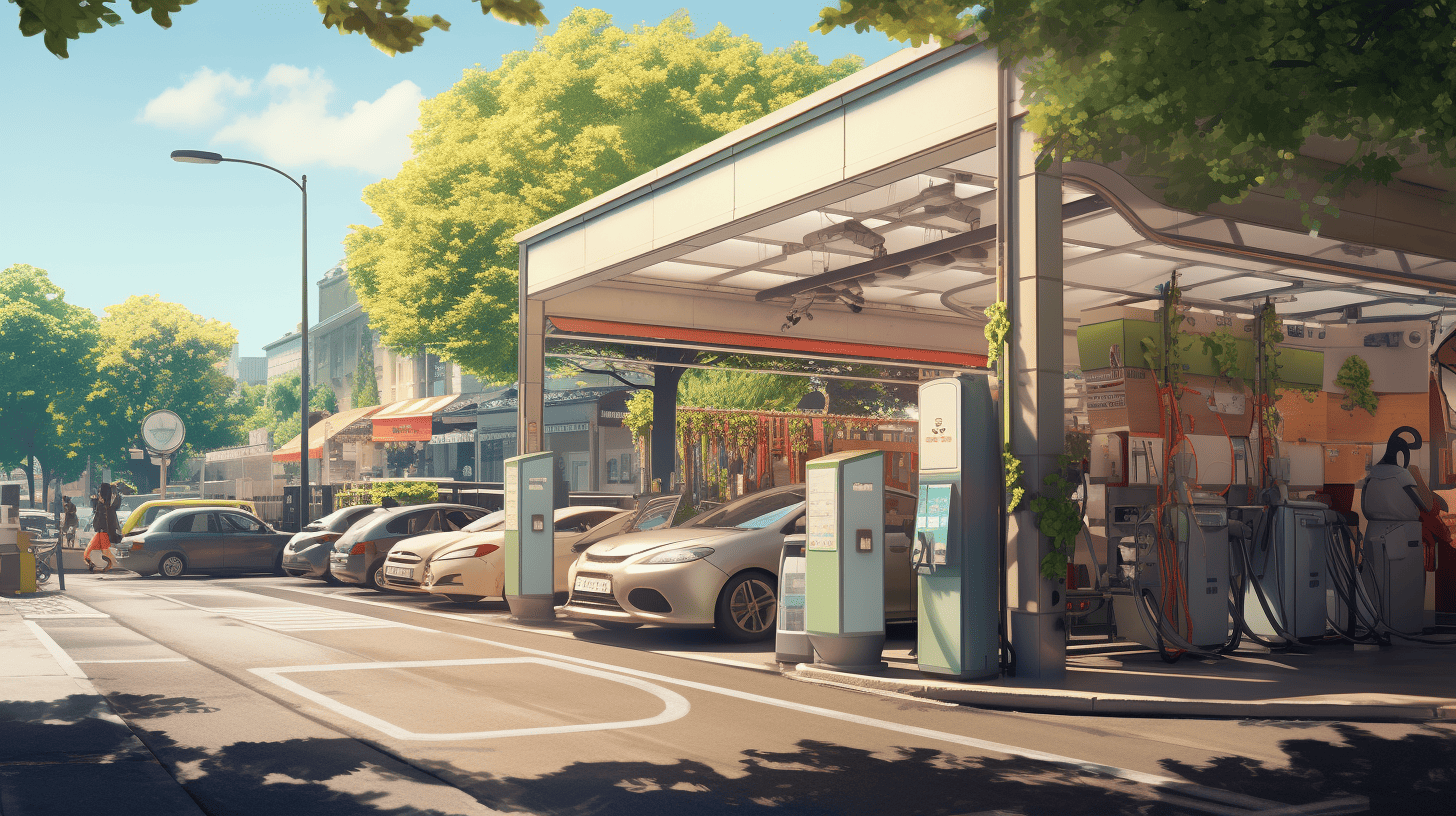
The increasing electrification in society leads to higher peak loads on the electricity grid. Some people are warning for an energy transition that is too fast. Others are hopeful for a fully electric future. In a report commissioned by the Dutch Topsector Energie program, more than 100 potential solutions are offered, all focusing on maximizing the capacity of the existing or upcoming electricity network to accelerate the energy transition. In a 12-part series, Innovation Origins spotlights the twelve most promising solutions. This is part 10: Off-grid electricity transport.
- The Dutch Topsector Energy collected 100 ideas to solve the issues around grid congestion.
- One of the twelve most powerful ideas is off-grid electricity transport.
- We already know this method from festivals or construction sites.
If our email services had reached their ultimate capacity, we could, of course, deliver our message by foot or hire a mailman to do the job. That’s precisely how off-grid electricity transport works: when the grid has reached its capacity and even the thickest wires leave no space to transport our energy needs, we could put it in a box and send it by truck, boat, or plane to its destination.
Large-scale mobile storage can support electricity transport between network parts where normal transport is impossible due to congestion. This method can better utilize the rest of the network by avoiding bottlenecks. It can also be used for transport to locations where electricity is only temporarily needed, offering an alternative to setting up a network. An example includes the construction industry, which is currently undergoing electrification. During the construction phase, a solution could involve charging batteries for construction machines at a solar park and transporting them to the construction site.
Batteries and vehicles
Electricity transport can be achieved using batteries or specialized vehicles combined with automated charging and transport programs. The network in areas with generation congestion is relieved by charging batteries at critical moments and discharging them in areas with demand congestion. This can limit the required degree of curtailment and demand control. The concept also provides a flexible and controlled network interconnection; network parts are connected according to specific (and temporary) needs without complicating network control. Transport can occur both over land and water.
For temporary demand locations, the principle is already applied, for instance, at festivals and construction sites, replacing diesel generators. A permanent example of off-grid electricity transport involves trucks transporting electricity generated outside cities to urban centers for charging electric scooters, as the electricity infrastructure cannot handle the charging volume.
The efficiency of storing, transporting, and using electricity elsewhere is always lower than transporting electricity via the network. Therefore, off-grid electricity transport mainly has an impact as a temporary solution instead of temporarily establishing a ‘real’ connection.
Feasible, but realistic?
The feasibility of this solution is high, but the big question remains how realistic it is. Practically speaking, a fleet of vehicles or vessels will be needed to provide transportation. These vehicles will need to use mature and efficient storage techniques.







